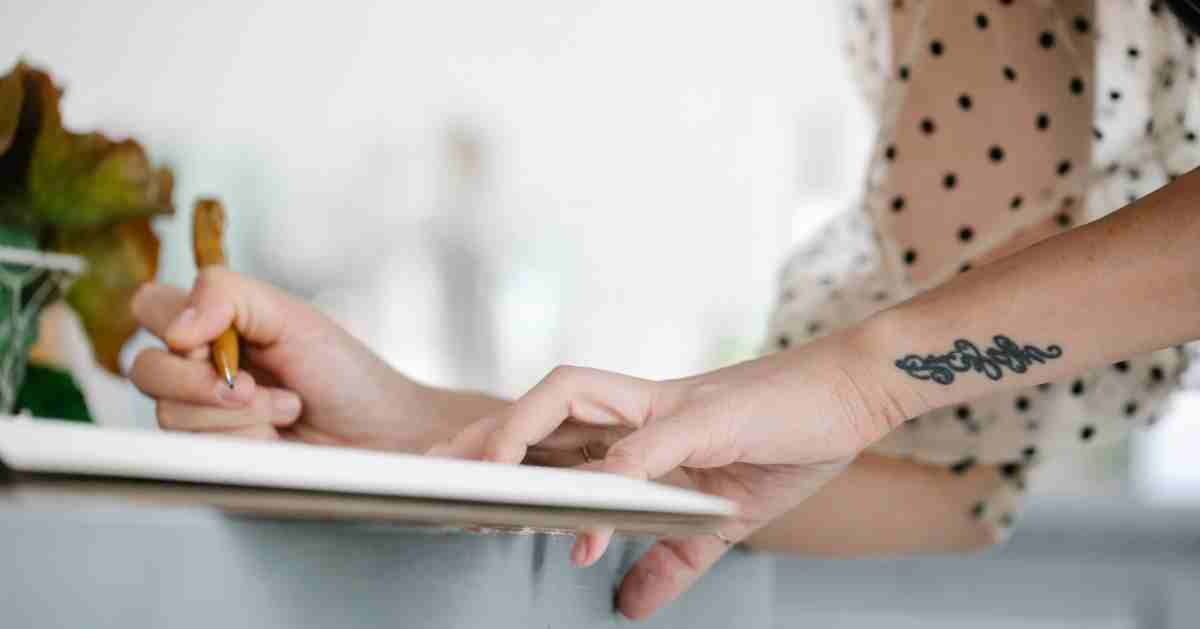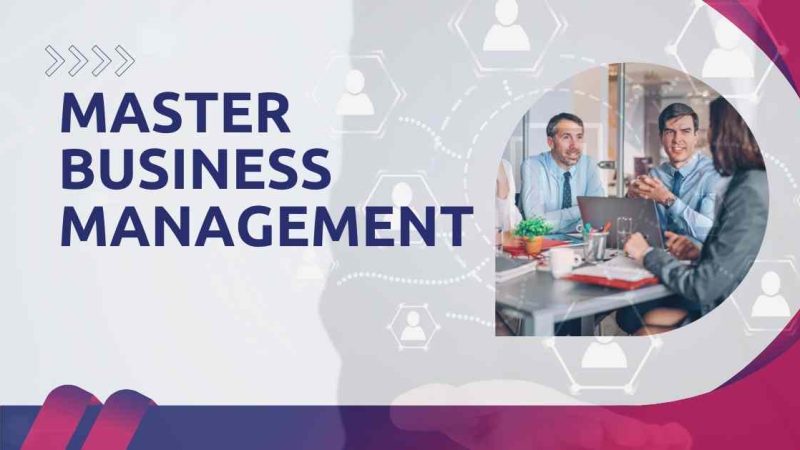How to Become Ambidextrous and How it Helps At Education

According to some studies, approximately 10% of the world’s population is left-handed, i.e., the vast majority of people have the right hand as their dominant hand. The determination of the dominant hand occurs at the age of three when the child has already formed phrasal speech, but it becomes apparent only by the age of four whether he or she is right-handed or left-handed.
A few decades ago, when parents saw their child eating or drawing with the left hand, they tried to reeducate him or her to do the same with the right, thinking left-handedness is an abnormality. Today, with the understanding of the relationship between brain function and the dominant hand, this is treated differently. Moreover, some deliberately try to develop ambidexterity, believing that this skill will help open up new horizons.
In different essay examples, we will tell you who an ambidextrous person is, how to become one and whether it is possible to develop this ability yourself. And we will also find out if the ambidextrous industry pushes the boundaries of the possible or if this is just a ploy for developing schools to attract an audience. Let’s get to the bottom of it.
What is an Ambidextrous Person?
Ambidextry is the congenital or acquired equal development of the functions of both hands without singling out the dominant hand. An ambidextrous person can use both hands with similar speed and efficiency. Some people perceive such people as unique individuals, but almost anyone can learn this skill if they put enough effort into it.
A person is born without “attachment” to a particular hand. If you observe a child under the age of three, you will notice that he uses both right and left hands with approximately the same frequency. As the nervous system and psyche develop, there is a distribution of responsibility between the hemispheres and, accordingly, the dominant hand is determined. If a child continues to use both hands after four years of age, it is a clear sign of ambidexterity.
There are several theories to explain the emergence of “two-handedness.” Here are a few of them:
- The incomplete lateralization theory: this is a situation where the brain does not determine in time which hemisphere is dominant, which leaves the person at a stage where they can work with both hands. It is impossible to say exactly what causes incomplete lateralization. Some attribute it to a developmental delay, and some attribute it to the person’s characteristics.
- Evolutionary asymmetry theory: according to this theory, the right hemisphere develops first, which means that the left hand is dominant. The left hemisphere “switches on” during the period of speech function development. If a child is hypoxic before or at birth, which affects the left hemisphere (it is the most sensitive to oxygen levels), this increases the risk of the child becoming left-handed or ambidextrous.
- Genetics theory: Research has shown that a specific gene on the second chromosome Mutations occurring in this gene cause left-handedness and ambidextrousness. The same processes explain the presence of schizophrenia in many cases.
Indeed many people have wondered whether it is possible to become ambidextrous not from birth or whether the presence of this unique ability is explained only by the force of nature, genetics, and functional disorders of the organism? The ability to use two hands simultaneously is prompted, among other things, by social factors and even the peculiarities of using simple everyday objects. Often left-handed people intentionally become accustomed to working with their right hand because:
- most entrance doors in public places are positioned in such a way that it is more convenient to open them with the right hand;
- on electric kettles, the scale indicating how much more water needs to be refilled is only visible if the kettle is held in the right hand;
- Writing with a pen your wow essays with your left hand often leaves both your hand and the sheet of paper smeared with ink;
- tin opener and scissors are designed so that they are more convenient to use in the right hand;
- Notebooks with thick bindings or springs are uncomfortable for left-handed people.
Among great people, athletes, and modern celebrities, some are equally good with their right and left hands. Painter and inventor Leonardo da Vinci was ambidextrous: many of his works were written with the left hand from right to left. Nikola Tesla also had this ability, but he developed it independently, although originally, he was left-handed. Andrei Sakharov, one of the creators of the hydrogen bomb, was also ambidextrous.
Among athletes, tennis players Maria Sharapova, Martina Navratilova, and the famous American basketball player Bob Cousy have this skill. Ambidextrous is often found among people in the creative professions, such as actor Tom Cruise, singer Mireille Mathieu, and musician Paul McCartney.
How to become an ambidextrous right and left-handed person: exercises
In 1903 John Jackson, the headmaster of a grammar school in Belfast, founded a movement that promoted ambidextrousness. He and his followers were convinced that both hemispheres of the brain were independent of each other and that right-handedness could only unlock half of a person’s potential. John Jackson wrote that each hand should be autonomous when doing any work, whether writing a letter or playing the piano simultaneously and that concentration should not be affected.
Although there is currently insufficient evidence to support the effect of ambidextrous activity on brain function, the ability to use two hands equally effectively has become one of the popular skills of modern man. In an interview, Vasily Kasyanov, an Internet marketer, says that he became ambidextrous because he once accidentally signed with the opposite hand when the leading hand was busy. More accurately, the incident prompted him to study the matter.
He spent about a year mastering the skill. Being right-handed, Vasily began to read literature for left-handed people, joined thematic Internet communities, and studied the scientific works of neurophysiologists and doctors. The main change that he has experienced after a year of training is that his gestures have changed, and now he actively works with both hands and his whole body.
It is possible to stimulate the work of both hemispheres of the brain without taking a break from everyday activities. Start with simple and accessible exercises:
- Try to perform all everyday activities with the opposite hand. For example, accustom yourself to eating with a hand that is unfamiliar to you. At first, this approach may be uncomfortable, but later it will become. Now that you are confidently holding a spoon in your opposite hand, it’s time to start cooking with that same hand and performing hygienic tasks.
- Draw patterns or geometric shapes with both hands at the same time. Don’t expect flawless results if you haven’t done this before. The main thing is that ,the drawings turn out to be clear in the end.
- Increase the physical load on the non-dominant hand. Often the clumsiness of the work of this arm is due to poorly developed muscles. Exercise with dumbbells and expanders to increase muscular strength.
A responsible and systematic approach is important when it comes to muscular development. Throw the ball with your secondary hand to a specific target and try to catch it with the same hand. Play tennis with it, lift dumbbells, control the mouse or press the space bar on the keyboard.
Writing text is also a great tool for developing a secondary hand. It is important to approach this process patiently. Rushing will not be appropriate here. Start with letters: learn how to write lowercase and uppercase letters first, and then write words and sentences. If you have difficulty with this exercise, start tracing letters’ outline in magazines or newspapers. To better understand the technique of the opposite hand, observe someone with that hand as the lead hand.
You can develop ambidextrousness with the help of needlework: try embroidering first with one hand and then with the other. Play a musical instrument where both hands should be involved simultaneously. Juggling is also a great way to involve both hemispheres of the brain.
As mentioned earlier, ambidextrous can manifest itself in early childhood, and this is not a reason to start retraining a child. It is important to approach the issue of raising a child with his peculiarities in mind. In particular, such children are characterized by hyperactivity, which cannot be suppressed by prohibitions and yelling. In this case, you need to direct the child’s energy in the right direction and and distract him or her with useful work, which will teach him or her self-control over time.
Support the child’s multitasking – let him or her draw a picture and think up a story for it. Be prepared that such children may not be interested in the school curriculum, so feel free to load the young ambidextrous child with interesting and versatile tasks.
If, on the contrary, the baby is still undecided by the age appropriate for this, you should develop both hands while observing the behavior, neurology, and speech, and in time to correct the deviations that have appeared if they arise. If you intentionally want to make an ambidextrous child, you should start early. School penmanship can come in handy for this: start training the second hand with the image of sticks and letters.
Ambidextrous development requires the creation of new neural connections, which occur in the process of performing non-standard human actions. For example, if you are used to walking to work the same way, force yourself to bring something new to your path every time.
And a few more tips:
- Remember that learning should bring pleasure, not discomfort. It is important to build up the tempo gradually, not to drastically increase the load on the secondary arm.
- Alternate training and rest, especially initially, but don’t pass up opportunities to exercise as often as possible.
- Any action, be it writing a letter or cooking with an unfamiliar hand, should be approached confidently, calmly, and in a good mood.
- Make yourself a diary where you will mark your successes with the hand you are developing. After a while, it will be interesting for you to look at your notes and compare how you wrote on the first day of training and how you write now.
When developing ambidextrous writing, it’s important to dedicate time to your secondary hand and not to forget the primary hand, or it will gradually weaken, so alternate your exercises and more often put both hands to work at the same time.
Summary
The human being is a unique system, which is adjusted not only in intrauterine development but also during the whole life. Its possibilities are limitless, and recently more and more people have begun to wonder what skills and abilities a person must have to be successful. One skill that enhances spatial orientation promotes multitasking, creativity and even the discovery of talents is the ability to use both hands equally effectively.
Of course, it is impossible to say unequivocally that ambidextrous does not carry any negative consequences, so if you decide to become ambidextrous, approach the matter as responsibly, consistently, and consciously as possible. Listen to yourself more often and do not miss the body’s signals, which may indicate that it is time to reduce the load or restructure the training system.





